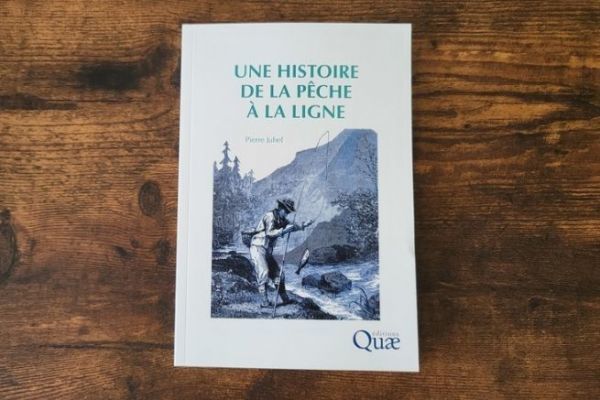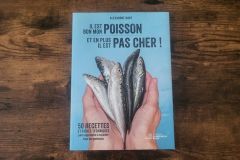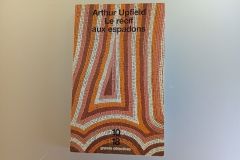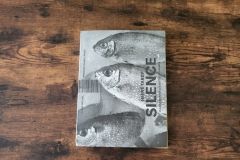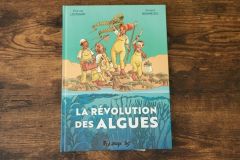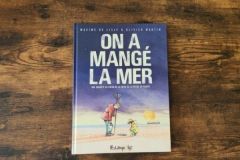From leisure to a true art of living
Pierre Juhel traces the evolution of angling from antiquity to 1930, concentrating on freshwater fishing. He shows how this activity, at first essential to subsistence, gradually evolved into a leisure activity, and then into a veritable art of living. His book highlights the major stages in this evolutionâeuros¯: diversification of species fished, appearance and improvement of equipment (rods, reels, wires, hooks, lures), and adaptation of techniques according to the environment and fish sought.
An evolution in angling
The book highlights the diversity of species fished (eels, pikes, carp, gudgeon, trout, salmon...) and the ingenuity of anglers through the centuries, with the appearance of new tackle: rods, reels, wires, hooks, lures, adapted to the behavior of each fish. He also describes the social evolution of angling, highlighting the distinction between salmonid anglers in whitewater (considered aristocratic, especially with fly fishing) and whitefish anglers in calm waters, from more working-class backgrounds.

Pierre Juhel's story blends ecology, biodiversity, history and literature, offering an instructive and lively stroll along rivers and ponds. He also discusses regulations, fishing rights, and the birth of the profession of angling instructor in the 19th century.
This pocket-sized book is aimed at fishing enthusiasts as well as those interested in history and the environment. Rich in information, the book is written in such a way as to be accessible to a wide audience, including amateur anglers and history buffs.
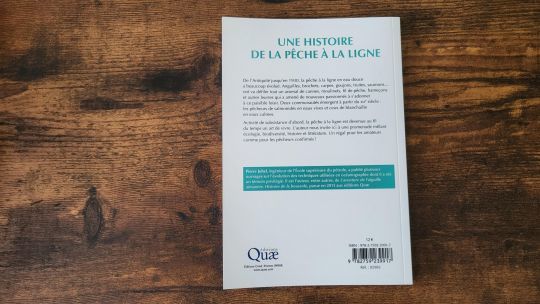
A history of angling
- Author: Pierre Juhel
- Number of pages: 100
- Pocket size: 140 x 205 mm
- Publisher: Quae
- Public price: 12 euros
